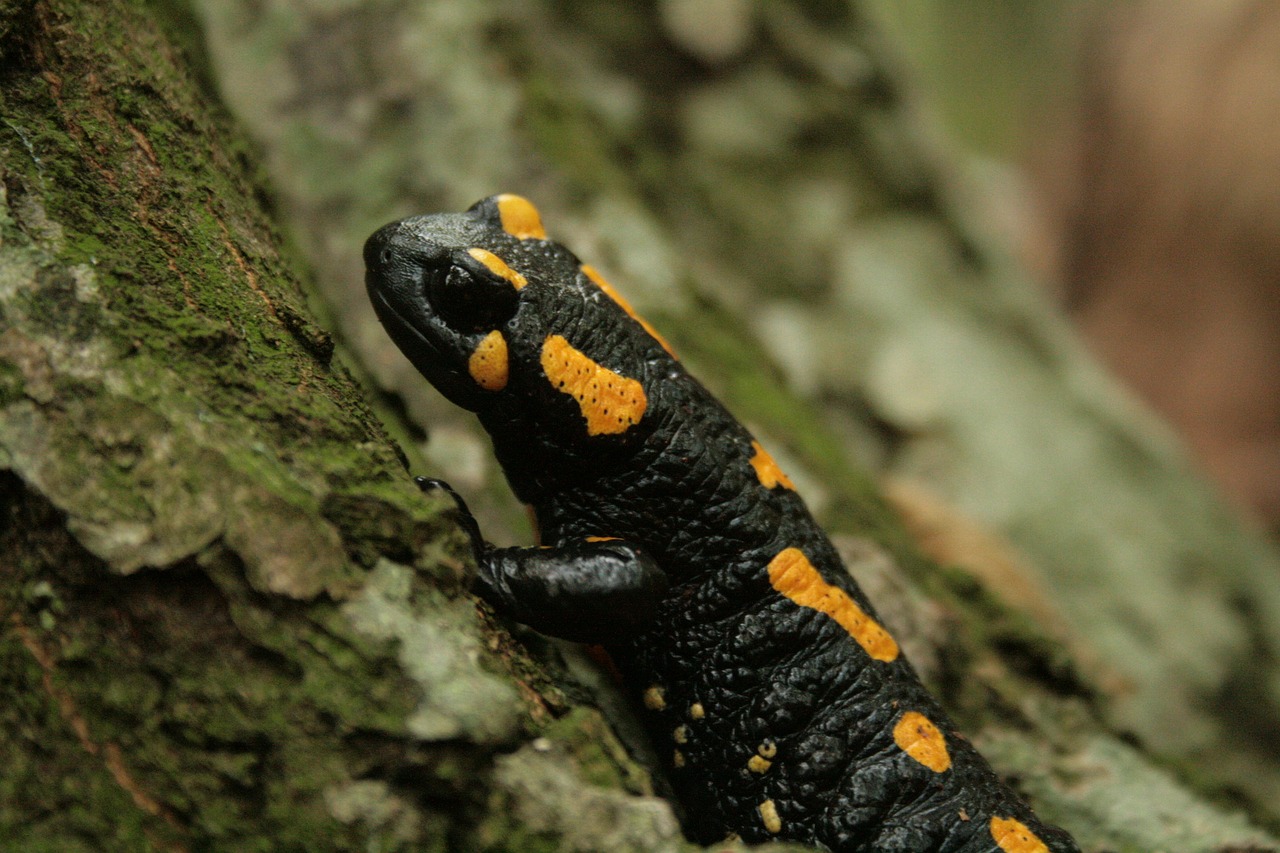A recent study uncovers an astonishing blood-powered mechanism that enables wandering salamanders to defy gravity, offering new insights into nature’s ingenious adaptations and inspiring potential breakthroughs in biomimetic technology.
Key Points at a Glance:
- Unique blood properties boost salamanders’ climbing abilities.
- Specialized proteins enhance adhesion on steep surfaces.
- Findings challenge traditional views on animal biomechanics.
- Research bridges biology and advanced engineering innovation.
- Potential inspiration for next-generation adhesive technologies.
Recent research has unveiled a remarkable natural adaptation that challenges our understanding of animal locomotion. Wandering salamanders, long admired for their uncanny ability to scale nearly vertical surfaces, are now known to rely on a blood-powered mechanism that transforms a vital bodily fluid into a natural climbing aid. As these amphibians prepare for their upward journey, their blood undergoes subtle yet profound biochemical changes that enhance its adhesive qualities, allowing them to cling to surfaces with surprising tenacity.
The discovery centers on the activation of specific proteins within the salamander’s blood during periods of intense physical activity. These proteins alter the viscosity and surface tension of the blood, effectively converting it into a temporary adhesive agent. This process, which occurs at a microscopic level, enables the salamander to secure a grip on even the most challenging inclines. The blood, traditionally known for transporting oxygen and nutrients, is repurposed in this context to serve an entirely different function—one that directly contributes to the animal’s survival in its natural habitat.
This innovative adaptation not only highlights the evolutionary ingenuity of salamanders but also poses intriguing questions about the potential multifunctionality of biological systems. The ability of blood to assume an adhesive role suggests that nature often finds creative solutions to overcome environmental challenges. In the case of wandering salamanders, this adaptation is essential for evading predators, accessing hard-to-reach resources, and navigating complex terrains. It is a vivid demonstration of how evolution can repurpose existing biological materials to meet new demands, blurring the traditional boundaries of function and form.
Beyond the realm of herpetology, the implications of this discovery extend into the fields of biomimetics and materials science. Engineers and researchers are increasingly looking to nature for inspiration in the development of novel technologies. The salamander’s blood-powered climbing mechanism provides a natural blueprint for designing advanced adhesives and climbing robots. By mimicking the biochemical process that increases adhesion through protein activation, it may be possible to create synthetic materials that perform under similar conditions, offering enhanced grip and durability in challenging environments.
The study also underscores the importance of interdisciplinary research in uncovering the hidden marvels of the natural world. By combining approaches from biology, chemistry, and physics, scientists have been able to dissect the subtle interplay between biochemical processes and mechanical performance. This holistic understanding not only deepens our appreciation of the natural world but also paves the way for innovative applications that could revolutionize modern engineering practices.
In essence, the discovery of a blood-powered climbing mechanism in wandering salamanders is a testament to nature’s boundless creativity. It reminds us that even the most familiar biological substances can harbor unexpected properties when driven by the relentless forces of evolution. As research in this area continues to evolve, we can anticipate further revelations that may unlock new strategies for addressing technological challenges. For now, the salamander’s gravity-defying abilities serve as an inspiring example of how life on Earth continually finds new ways to innovate and adapt.
